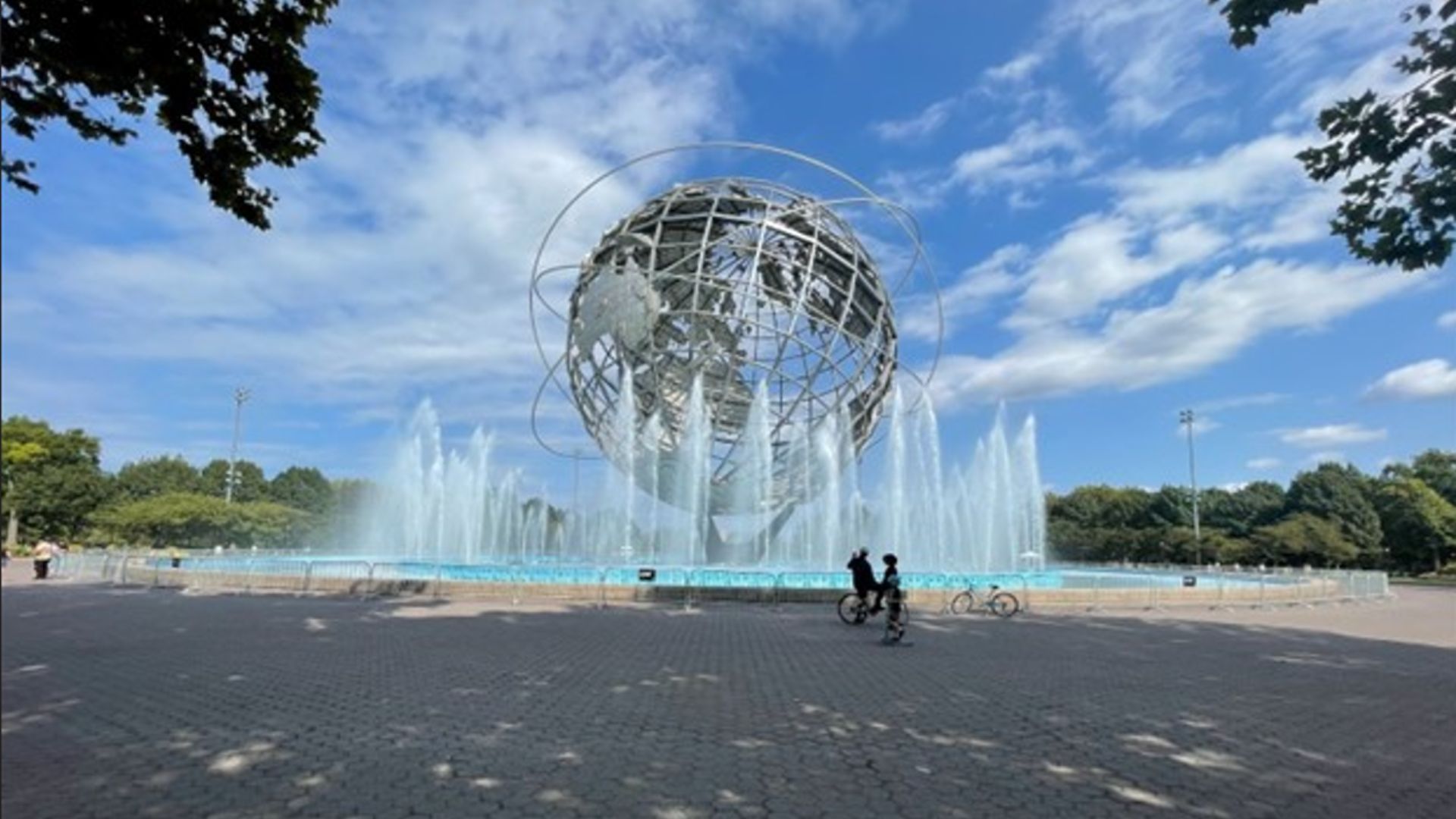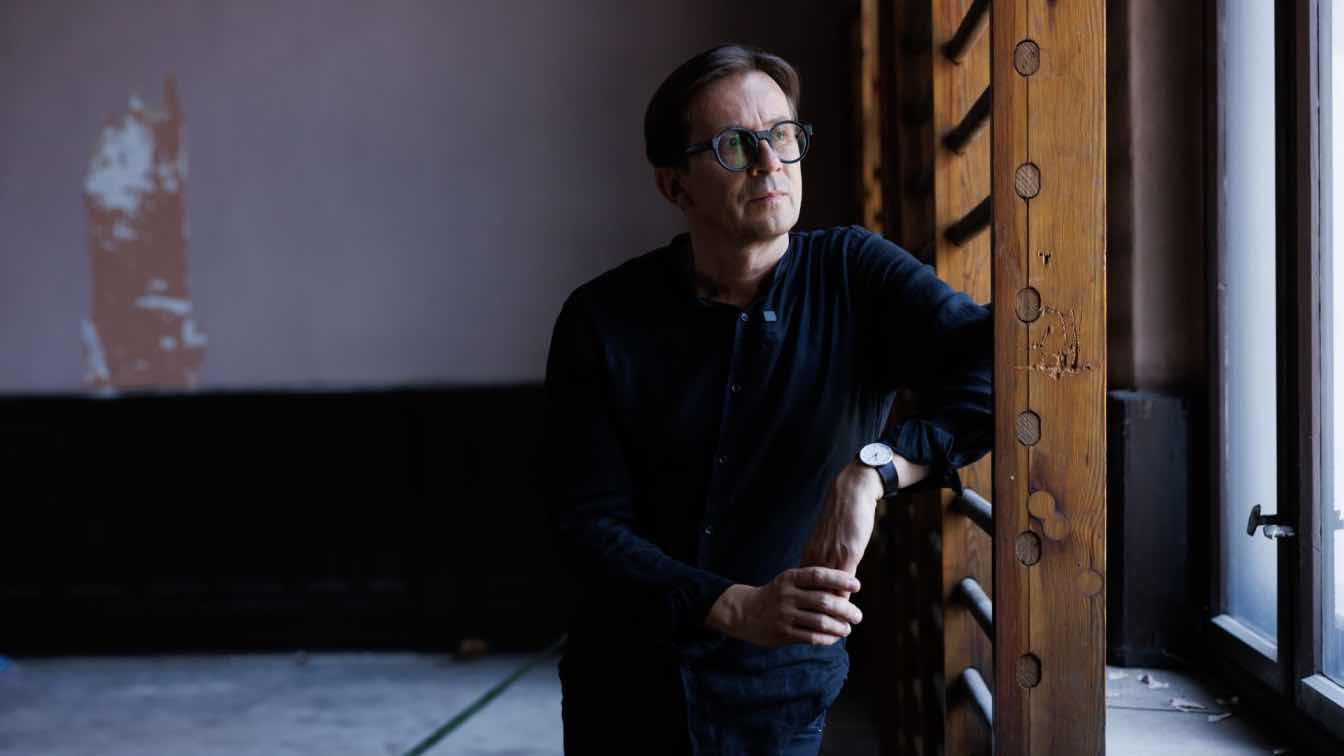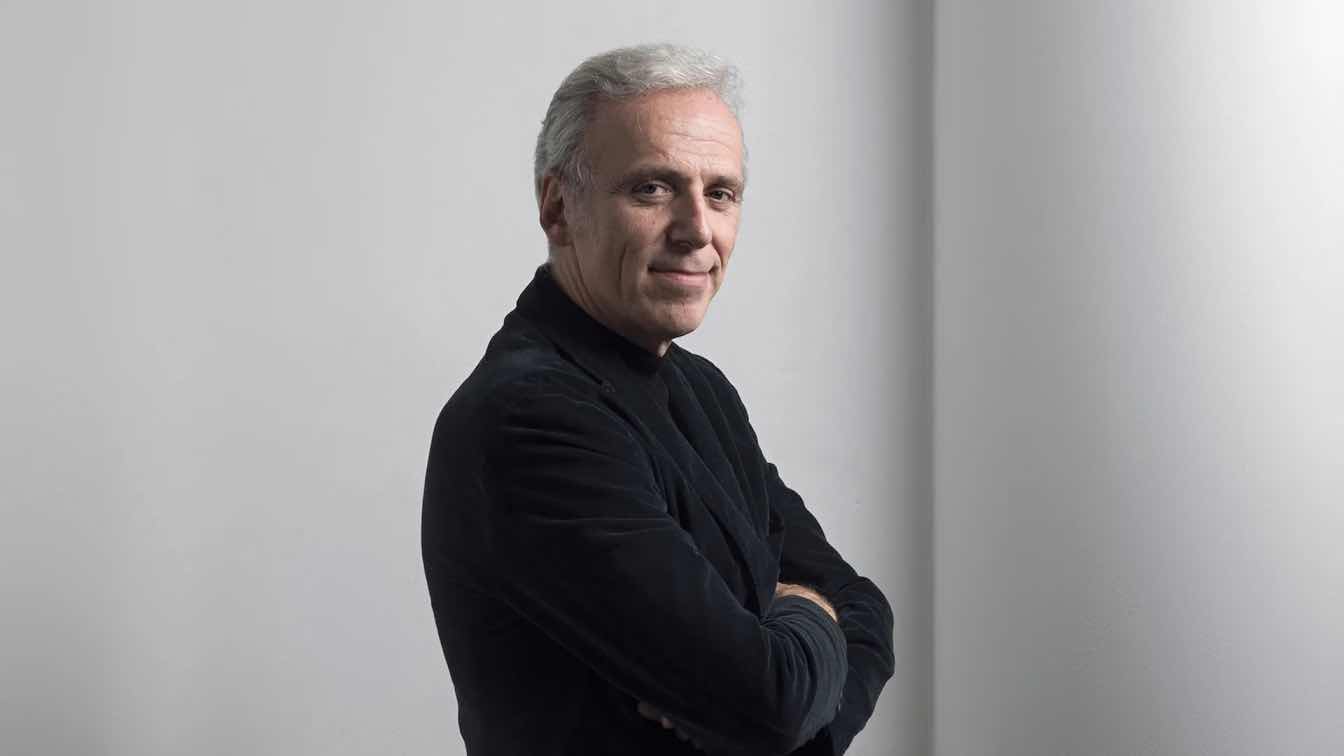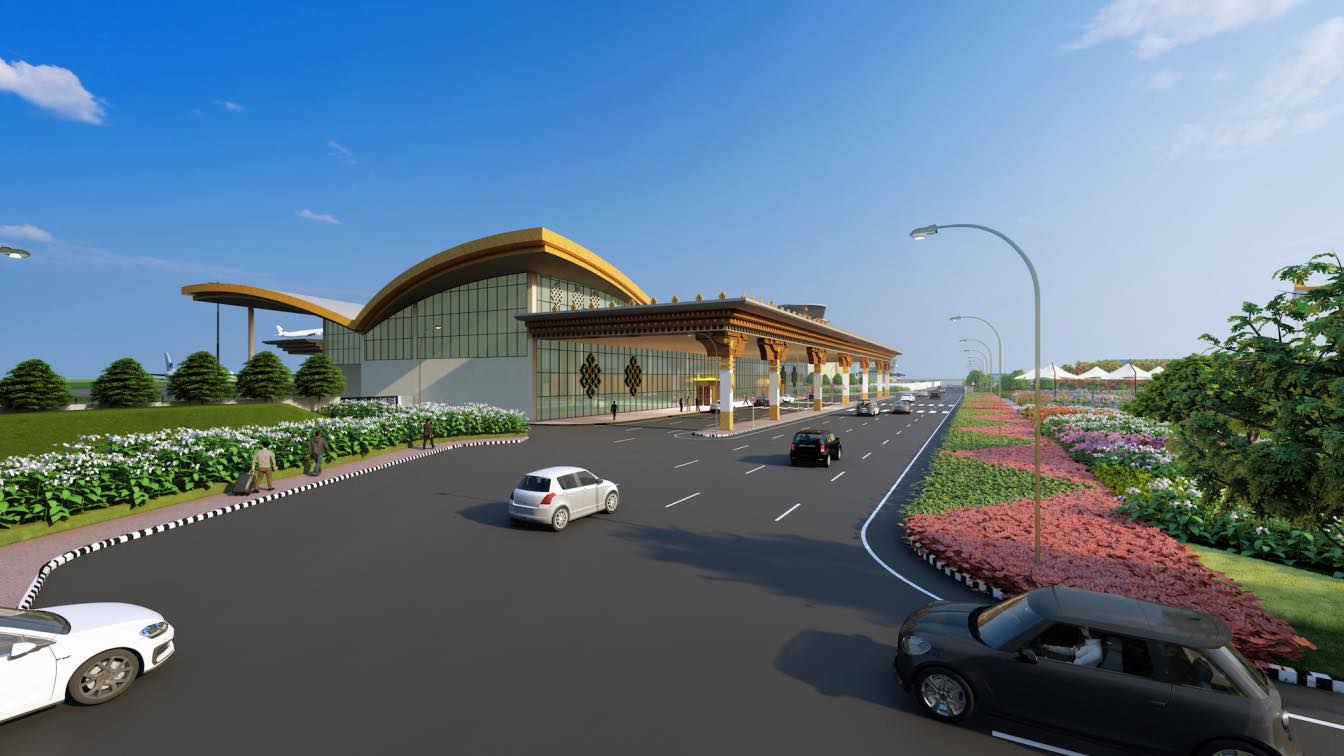The Queens Museum in Flushing Meadows Park, New York City is one of the largest museums in New York, and it fittingly also has quite the history.The building that hosts the museum currently was erected in 1939 to house the New York City Pavilion for the World’s Fair that year. Over the museum’s almost century-old existence, it has been the site for the U.N. General Assembly from 1946 to 1951 and again hosted the New York City Pavilion in 1964 iteration of the World’s Fair. The Museum in its current form opened its doors in 1972 and is home to over 10,000 original items from the World’s Fair as well as the popular Panorama, a complete scale model of all five boroughs of the New York City. Over the past four decades, it has organized world-class art exhibitions featuring up-and-coming New York and international artists, held public performances, hosted artists in residence, and served as an important community anchor during the COVID-19 pandemic.
Xiefangzheng “Will” Sun is an architectural designer who has been involved in the ongoing $69 million renovation of the building and expansion of the Museum, working with award-winning New York architecture firm LEVENBETTS.
Sun graduated from Rice University in Houston with a Master’s degree in Architecture, and has acted as a mentor for undergraduate level architecture students at the Architectural League of New York. He has won awards including the Morris R. Pitman Travel Award, the Mildred Crocker Staff Award, the Thomas and Barbara McKittrick Award and the Alpha Rho Chi Bronze Medal, which honor leadership and professional ability in architecture. He was also a recipient of the prestigious Gerry and Bob Virgil Ethic of Service Award celebrating St. Louis community members that have made tremendous contributions to the city.
Sun speaks to Amazing Architecture about this literal amazing, historic piece of architecture, the depths of diversity of Queens, and why this museum is meaningful to him.
 The Queens Museum in New York, photo by Xiefangzheng Sun.
The Queens Museum in New York, photo by Xiefangzheng Sun.
In your opinion, what makes Queens diverse and how do you know this as a former resident of Sunnyside, Queens?
Xiefangzheng Sun: Queens undoubtedly is a place for everybody - you will easily get a sense of this walking around this borough, when you are immediately immersed in the sounds of unfamiliar languages and the smells of different foods. It is a safe haven for so many groups of immigrants but is so much more beyond that. Queens is also diverse in the economic sense - people from all walks of life come together. Sunnyside is a particularly interesting example as it does not really have an ethnic majority unlike many other Queens neighborhoods- so you can really see people of all origins walking around the streets. It also transitions from extremely dense apartment blocks to almost suburban single family townhomes within a couple of blocks, which makes it diverse in built form as well.
 Main Street in Flushing, Queens, a bustling shopping street and the heart of the Chinese community in New York, photo by Xiefangzheng Sun.
Main Street in Flushing, Queens, a bustling shopping street and the heart of the Chinese community in New York, photo by Xiefangzheng Sun.
The Queens Museum carries, quite literally, so much historic significance- it hosts collections from the historic World’s Fair in 1939, and it was, if I recall, the headquarters of the U.N. at one point. Can you speak more to this?
It is certainly a building with an impressive history having hosted not one, but two World’s Fairs, in 1939 and 1964. It was also for a while the headquarters of the United Nations while the current location was in construction - which is quite fitting for a borough this diverse.
However, it also represents a very different idea of the city – the design and overall planning of the Museum building, the park it is located in, and the Grand Central Parkway next to it were heavily influenced by Robert Moses, who was at the time a leading proponent of car-based infrastructure like highways. So historically, it has this legacy of top-to-bottom planning at the scale that is rather uncommon in New York City: a big building, in a big park, next to a big highway.
What is so interesting now about this space and the park is that since it is so big, you can never occupy the whole space. If you go there on a saturday you see a hundred different ball games going on, people barbecuing, all kinds of activities, which is a very grassroots way of using the public space and, in many ways, a direct contrast to the historic idea of “grandness” that this park and building try to embody.

Memorabilia from the World’s Fairs at the Queens Museum, photo by Xiefangzheng Sun.
How does one design for a museum like the Queens Museum in a borough filled with people from all over the world?
I would say because it is located in such a well-used park, the Queens Museum itself is not only a destination in itself, but also, more importantly, a part of the park. Some people plan in advance to go to it, and others simply wander in. Thus the Museum truly reflects the diverse nature of Queens and has an incredibly diverse range of visitors from all over the world, speaking all languages, and with different economic situations.
Throughout the renovation’s design process, we had to take this into account in many different ways. For example, English cannot be the only dominating language in signage. The tricky part, however, is that you are never able to design a space that satisfies the need for everybody. So instead of catering to every group imaginable, which would be an impossible task in Queens, we tried to make a space that is inviting and comfortable. This means designing spaces that are well-lit, using natural materials that are healthy and colorful, including many places that people can pause and relax. A big part of being an immigrant is the longing for feeling safe and feeling at home - so we try to create a space for exactly that.
How is this renovation community-focused work?
Going back to your first question - this park is heavily used by all communities in Queens and especially the adjacent neighborhoods of Corona and Flushing. The building and the Museum has also been an integral community center during the COVID-19 pandemic, where it served as a food bank for those in need. This renovation will expand the capacity of the Museum by opening spaces on part of the ground floor and most of the second floor, which are currently closed to the public.
 Xiefangzheng Sun
Xiefangzheng Sun
What aspects of design did you work on for this major renovation?
I find the project quite endearing as I had worked on it from the very beginning of the phase II renovation - this includes attending the initial meetings, working through all of the design process and going to the site numerous times to measure and understand the existing conditions of the building. Most recently, earlier this year, I was in charge of drawing a significant portion of the construction drawing set as we were gearing up for getting the design ready for construction.
I was fully responsible for the restoration of the South Facade of the building, working through the drawings and details with not only the engineers and manufacturers but also with the city agencies like the Public Design Commission(PDC) and the State Historic Preservation Office (SHPO) to make sure this historic facade’s restoration design is approved.
One can only imagine that the renovation of a museum has a talented team behind it. What was a memorable aspect of your contribution to this teamwork?
I had the pleasure of coordinating with all the engineers and consultants involved on this project, which is not an easy task given the scale of the building and the amount of people involved in this renovation. Every week we are in constant conversations with our structural engineers, lighting consultants, mechanical engineers, and code experts, just to name a few. Because the trades are not necessarily all aware of each other’s work, it was our job to make sure all the systems are working harmoniously while also respecting the architectural design intentions of the project.





